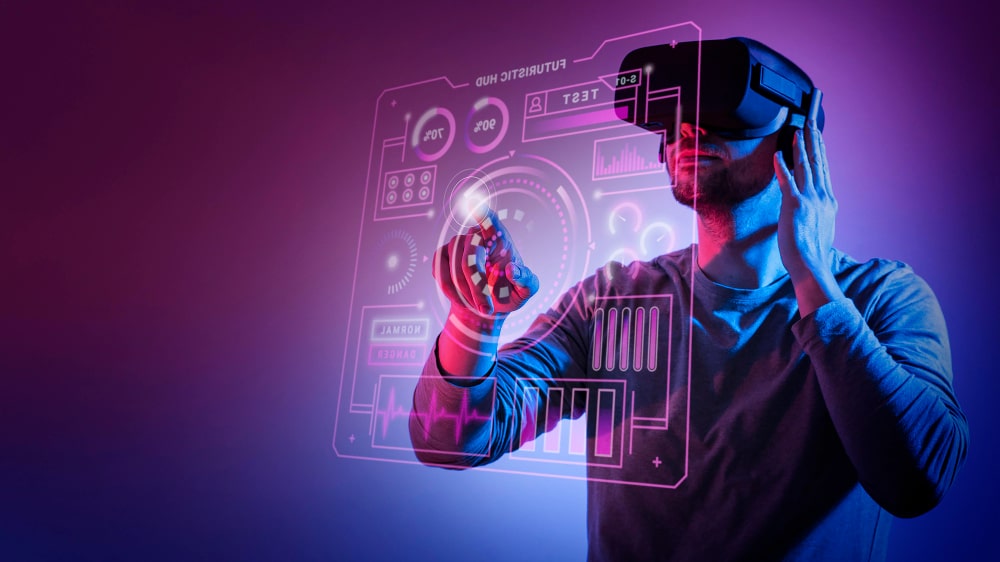Continual development of new capabilities is a hallmark of the Internet of Things (IoT). Machine learning (ML) and machine vision are among the most promising of these match-made-in-heaven technologies (MV). Let’s take a look at how the capabilities of these technologies are boosting applications in the medical and industrial IoT (IIoT).
Our World Is Being Changed by Machine Learning (ML) and Machine Vision (MV)
A wide variety of machine vision image processing and classification jobs may benefit from the use of machine learning methods. In addition, machine learning and machine vision capabilities are becoming more cost-effective to include in an expanding number of IoT goods because of their widespread use.
Also read: Online Data Science with Python Certification
Industrial camera modules house digital sensors for most machine vision systems, which process and interpret pictures. Machine vision applications can safely and consistently execute difficult tasks when paired with machine learning.
As an example, artificial intelligence and machine learning for edge computing may be used to monitor patients or discover abnormalities in radiological pictures, which can lead to better patient care or even the saving of lives.
They are able to check a large number of identical products on a conveyor line without mistake or weariness in an industrial setting. Although you may use machine vision in practically every mass manufacturing process that needs visual monitoring, it can save money and improve quality. It is possible to eliminate human error and offer greater quality control at cheaper costs with the use of machine vision technology.
Machine Learning and Machine Vision Benefits for Business:
There are numerous advantages to using machine learning and vision together, but those that have a direct influence on the bottom line are the most essential ones.
- A higher standard of craftsmanship: Performing a series of tests to ensure the quality of the finished product.
- An increase in productivity is achieved by automating and speeding up the completion of routine, repetitive work.
- It is possible to save expenses by adding machine vision capabilities to equipment. In a production context, machine vision systems take up less space and do not need the same amount of safety infrastructure as human operators.
Also Click here for- Software Development
Why edge ai computing?
All ML/MV apps must be able to run in the present moment. A rising number of businesses are moving away from cloud-based computing for machine learning in favor of installing it closer to where business processes or functions are being carried out on the ground. When bandwidth or latency are an issue, Edge AI computing is a great option. For example, in a manufacturing plant where hundreds of products per minute are being examined by an ML/MV system, edge computing is ideal.
Benefits of edge ai computing in terms of performance:
Some of today’s most significant gains or applications of edge intelligence in efficiency and performance may be found are:
- Edge computing reduces the amount of time it takes to respond to local events. Due to the lack of a server-side round-trip, the system responds more quickly.
- Offline capability: In the event of a communication breakdown, the system can gather, store, and analyze data on its own without the need for external intervention.
- Saving money: Networking expenses are reduced when less data is sent across the network, such as with cellular connections that demand data use.
- It is possible to reduce the amount of electricity used by network connections. In battery-powered IoT devices, reducing the amount of data sent may conserve power, which can be advantageous.
Using the Right Tools and Software Can Help You Achieve Your Goals:
In order to ensure a successful implementation of machine learning-based image processing, it is important to choose the correct hardware, development tools, and software components.
When it comes to developing machine learning-based imaging systems on embedded devices, Au-Zone Technologies has a toolset that is particularly intended for this purpose. With one common methodology and model format, the company’s inference engine supports MCU, CPU, and GPU cores, allowing versatility and mobility across platforms.
In addition, as a result of the Digi ConnectCore 8X system on module (SOM), the inference engine may execute effectively on any of the three types of computing resources: MCU, CPU, and GPU. Thus, the two technologies are complementary to one other.
Discover, Scale, and Innovate
A significant amount of time and effort is still required to develop and apply machine learning capabilities, which are expected to provide substantial benefits in the near future. However, as new business advantages and use cases emerge, the inventive firms that use these technologies early stand to gain a competitive edge. Additionally, these businesses will obtain the knowledge and skills required to extend their implementations into different use cases and fully use the technology as it is improved and expanded.

